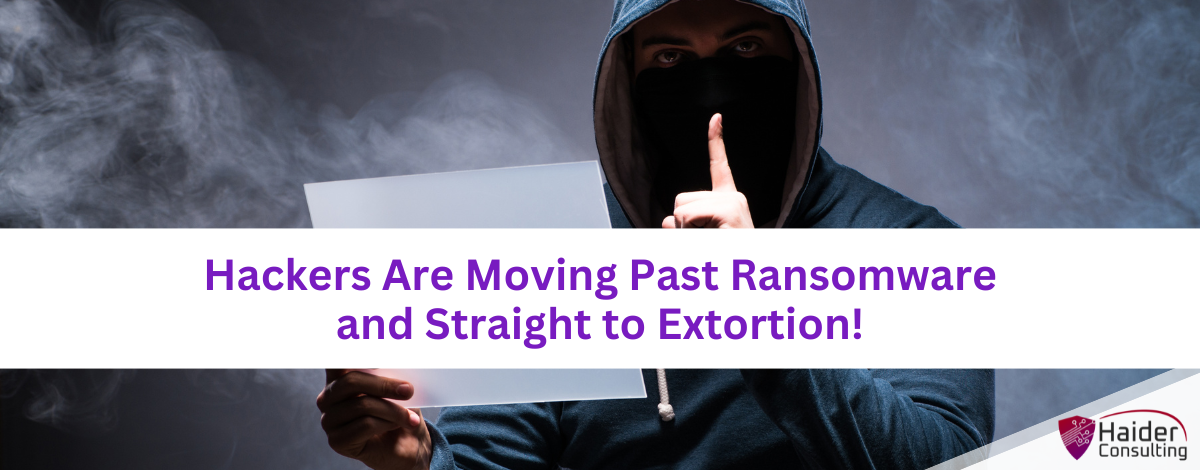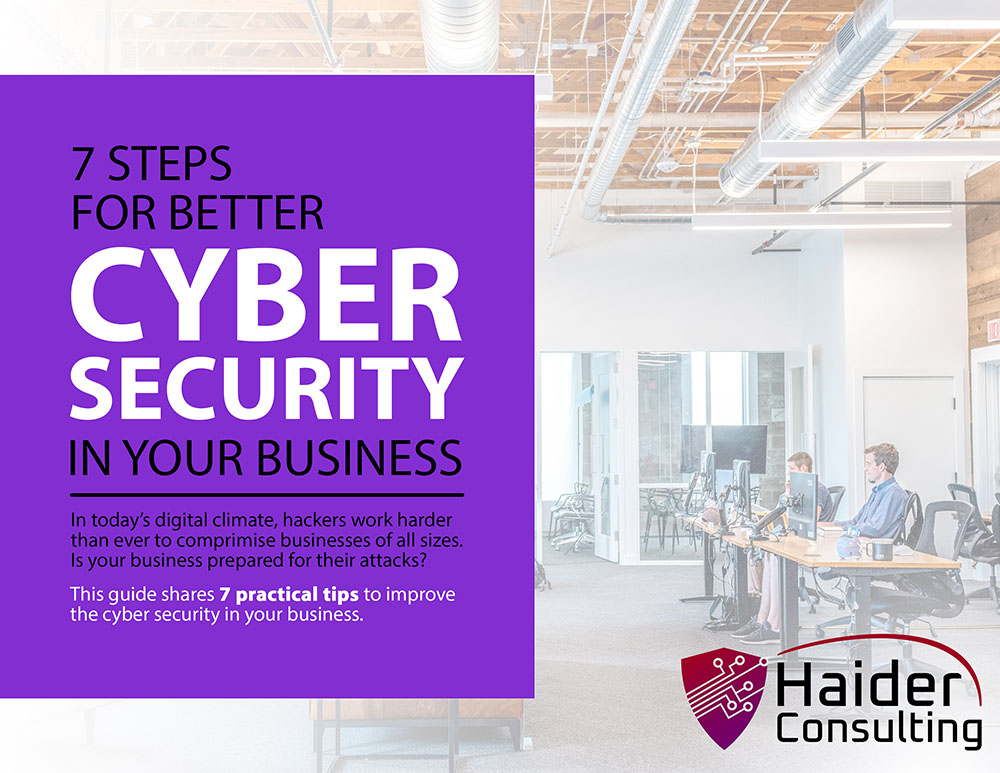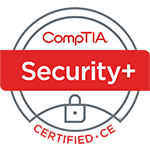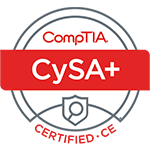Think ransomware is the worst thing that could happen? There’s something even more threatening.
Cybercriminals have devised a new strategy to exploit your business—data extortion. This method might be more devastating than traditional ransomware.
Instead of encrypting your data, hackers steal it and demand a ransom to prevent its release. There’s no exchange of decryption keys or recovery of files, just the overwhelming threat of your confidential information being exposed online and the imminent risk of a public breach.
The prevalence of this tactic is growing rapidly. In 2024, there were over 5,400 extortion-based attacks globally, marking an 11% increase from the year before, according to Cyberint.
This isn’t merely an evolution of ransomware; it’s an entirely different and alarming form of cyber extortion.
The New Era of Data Extortion: Encryption Not Required
The tactics of cybercriminals have evolved beyond traditional ransomware that locks you out of your files. Today, hackers are skipping encryption because data extortion offers a quicker, simpler, and more lucrative alternative.
Here’s what they’re doing now:
- Data Theft: Hackers infiltrate your systems to silently pilfer sensitive information—everything from client and employee data to financial records and proprietary secrets.
- Extortion Threats: Rather than encrypting files, they simply threaten to release your confidential data to the public unless you pay a ransom.
- No Need for Decryption: Without encryption involved, there’s no need for decryption keys, allowing them to avoid the radar of typical ransomware security measures.
This method is proving alarmingly effective, as more hackers successfully exploit businesses using this approach.
Why Are Cybercriminals Moving Away from Encryption?
The answer is straightforward: simplicity and greater profit potential.
Even as ransomware remains prevalent, with 5,414 incidents reported globally in 2024—an 11% rise from the year before (Cyberint)—data extortion has several advantages:
- Faster Execution: Encrypting files consumes time and computational resources. In contrast, stealing data can be executed swiftly, utilizing advanced tools that siphon information quietly, often without triggering security breaches.
- Stealthier Operations: While traditional ransomware typically activates antivirus and endpoint detection and response (EDR) systems, data theft can mimic legitimate network activities, making it significantly more challenging to identify.
- Increased Leverage: The threat of public data exposure exerts intense personal and professional pressure, heightening the urgency for victims to pay the ransom. The prospect of having sensitive customer data or confidential business information leaked is a powerful motivator.
No, Traditional Defenses Are Not Sufficient
Standard ransomware defenses fall short against data extortion because they are crafted to block data encryption, not to prevent data theft.
Relying only on firewalls, antivirus programs, or basic endpoint protection means your defenses are outdated. Here’s what hackers are doing now:
- Using Information Stealers: These tools gather user credentials, providing easier access to your systems.
- Targeting Cloud Storage: Hackers exploit vulnerabilities in cloud storage to reach and steal sensitive data.
- Masking Data Exfiltration: They camouflage the theft as regular network activity, which evades traditional security measures.
The integration of AI in their strategies is making these tactics quicker and more efficient.
How to Fortify Your Business Against Data Extortion
It’s crucial to upgrade your cybersecurity approach to stay ahead of emerging threats like data extortion. Here’s what you can do:
Adopt a Zero Trust Security Model
Treat every device and user as a potential threat. Verify everything without exceptions.
- Enforce strict identity and access management (IAM).
- Require multifactor authentication (MFA) for all accounts.
- Continuously monitor and authenticate devices on your network.
Utilize Advanced Threat Detection and Data Leak Prevention (DLP)
Ordinary antivirus solutions are insufficient. Opt for AI-driven tools that:
- Spot unusual data movements and unauthorized access attempts.
- Detect and halt data theft as it happens.
- Keep an eye on cloud operations for unusual activities.
Encrypt Sensitive Data Both At Rest and In Transit
Encrypted stolen data is worthless to attackers. So make sure that you:
- Apply end-to-end encryption to all sensitive files.
- Use secure protocols for transferring data.
Implement Regular Backups and Disaster Recovery Planning
Backups won’t stop data theft, but they ensure you can recover quickly after an attack.
- Protect data with offline backups to guard against ransomware and data destruction.
- Regularly test backups to confirm their effectiveness in emergency situations.
Conduct Security Awareness Training for Employees
Your employees are your primary defense line. Educate them to:
- Identify phishing schemes and social engineering attacks.
- Promptly report any suspicious emails and unauthorized requests.
- Adhere to strict protocols for accessing and sharing data.
Are You Ready for Advanced Cyber Threats?
Data extortion is evolving rapidly, becoming more complex and aggressive. Hackers are continuously crafting new methods to force businesses to pay ransoms, rendering traditional security measures inadequate.
Don’t wait for a breach to act.
Start with a FREE Discovery Call. Our cybersecurity specialists can then review your existing security, pinpoint weaknesses, and put in place advanced safeguards to shield your valuable data from data extortion schemes.
Book My 17-Minute Call





